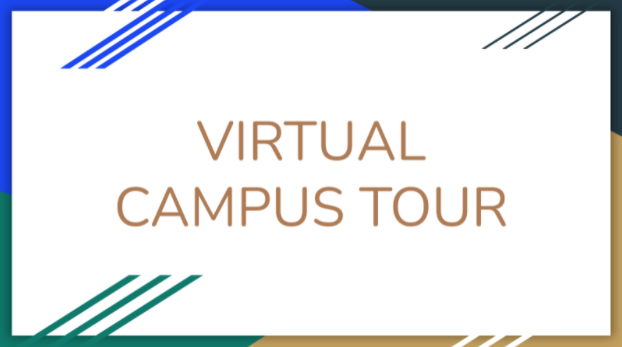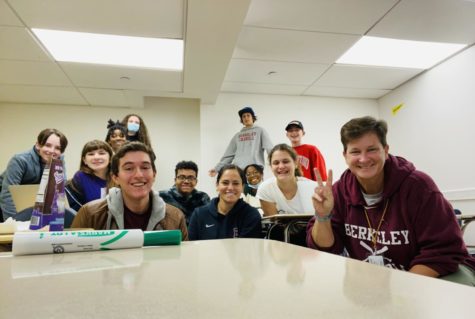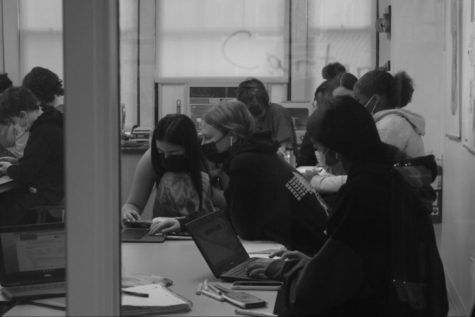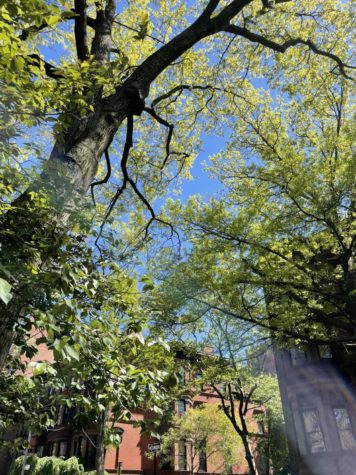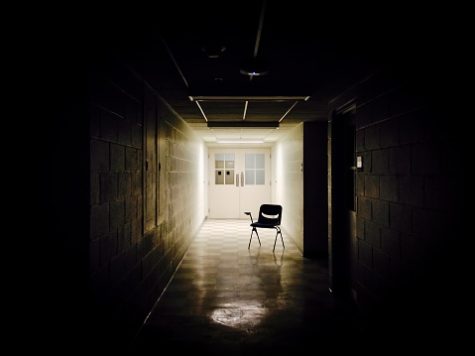Virtual College Tours: Pros, Cons, Opinions from Juniors
With the monotony of remote learning, it’s easy as a student to feel like time has been frozen by the pandemic. Nevertheless, the world is still turning, and one of the most jarring reminders of this was the start of the college process for juniors like myself. The second half of junior year, for me at least, is when college comes to the forefront of one’s mind. One of the main elements of the college process during this year—in addition to studying for the SATs and meeting with college counselors—is preparing a list of colleges to tour. This usually entails researching colleges that one is interested in, booking tours, and then traveling to the campuses. Unsurprisingly, however, COVID-19 has interfered with this process, and tours have been virtual for most colleges up until recently.
Virtual tours have their unique benefits and downsides. As one might expect, a major pro of virtual tours is the ability to learn about a college within the comfort of your own home. Whereas for live tours, you might have to drive hours to get from one campus to another, there’s no travel required for virtual tours, which means you can tour several colleges in a day. However, by their very nature, virtual tours lack one of the fundamental elements of a campus tour: physically being on the campus. While photos and videos are helpful for getting a feel of the campus, nothing can really compare to being there in person. These are just two aspects of virtual tours, but there are numerous other factors that play into virtual tours. I was curious to see what the consensus was from fellow juniors, so I asked several of my peers what they think makes a good virtual college tour.
As for the advantages of virtual tours, it’s clear that convenience is a huge plus. Sam O. (‘22) states that his favorite part of virtual tours has been the fact that they don’t have to take up the entire day. He explains that, “For a lot of colleges I am looking [at], I wouldn’t be able to attend the [in-person] tour and [go to] school on the same day.” However, the ease of virtual tours has allowed Sam to have a lot more room in his schedule. Chloe-Marie P. (‘22) agrees, explaining how convenient it is that, for a virtual college tour, “you don’t have to plan a whole trip around it.” Chloe listed off several other benefits of virtual tours, saying how the chat feature on Zoom allows for more questions and faster answers. Chloe also finds it helpful that virtual tours allow you to “cross-reference” information from the tour guide with information from the internet.
Though virtual tours have their advantages, they also come with plenty of limitations. Sam’s least favorite part of virtual tours “has been how hard it is to differentiate colleges without being able to experience the campus.” Chloe expressed the same sentiment: “The main difference [between in-person and virtual tours] is getting a feel of the energy of the school and seeing social dynamics […] It’s really important to walk on the campus and see what it’s like where you’ll be living. You get a more intricate and personal view of everything that’s going on. With the virtual tours, a lot of them can feel the same.” Chloe compared touring campuses to touring a new house; if you do it virtually, “you don’t get to see yourself [there]. You don’t get to see where you’d live or the energy of the students.”
So, how can colleges make virtual tours better? Well, there are mixed opinions. Sam feels as though it would be valuable “if colleges could do something that would display more of what the on-campus experience is like.” One way to do this, as Chloe suggests, is if colleges had “students live on campus giving the tour [who] use their camera and walk around.” Many schools do this for their virtual tours, and it helps prospective students see the lay-out of the campus. This is a potential solution, but is it really enough to put virtual tours on par with in-person tours? In my opinion, while virtual tours can be improved upon, they can’t compete with live tours. Chloe also believes the in-person format is better: “I don’t think there’s much you can do to make a virtual tour as good as an in-person one. It’s just never going to be the same type of experience.”
Luckily, it’s starting to look like we won’t have to settle for virtual tours anymore. More and more colleges are opening up their campuses for in-person tours again, just in time for the summer. We can finally say goodbye to the eye-strain, the Keynote presentations, and, most importantly, the start video button.

